1. Sassafras Oil

Sassafras oil, once a popular flavoring in root beer and other beverages, was commonly used in cooking and as a medicinal remedy. However, it contains safrole, a compound classified as a carcinogen by the FDA. Over time, the potential risks of safrole led to it being banned for use in food and beverages worldwide. Despite its delightful flavor, its association with cancer risks made it clear that sassafras oil had no place in modern kitchens. While it’s still used in some non-food applications like perfumes, it’s now prohibited in any food-related products shares Medicine.net.
In its heyday, sassafras oil was celebrated for its distinct, spicy flavor, and it was even considered a staple in Southern cooking. Yet, the harmful effects of safrole on the liver and its potential for causing cancer forced health regulators to step in, removing this ingredient from the list of approved food additives adds Reddit.
2. Red Dye No. 2

Red Dye No. 2, also known as Amaranth, was once a common coloring agent used to make everything from candies to cosmetics look more vibrant. However, concerns over its carcinogenic potential led to its ban in several countries. In the U.S., the FDA prohibited its use in food products in the 1970s after studies showed it could cause cancer in laboratory animals. The risks associated with long-term exposure raised alarm bells about the safety of synthetic food dyes shares the New York Times.
Before its removal, Red Dye No. 2 was often found in cake mixes, soft drinks, and even ice cream. Despite its bright and appealing hue, the risk outweighed its aesthetic appeal, leading to safer alternatives being developed to replace the harmful dye adds Wikipedia.
3. Cyclamate
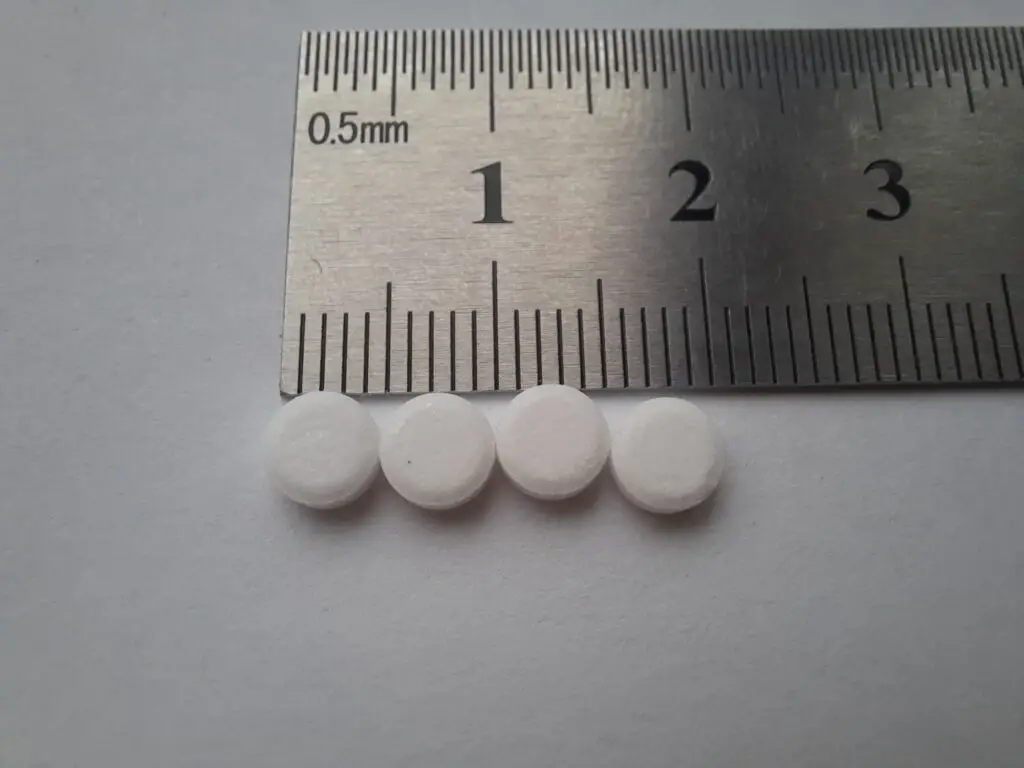
Cyclamate, an artificial sweetener, was once hailed as a healthier alternative to sugar. It gained popularity in the 1950s as a sugar substitute in sodas and other sweetened products. However, it was banned in the U.S. after studies showed a potential link to cancer in rats. Cyclamate was still used in other countries for a time, but it was eventually banned worldwide due to the same health concerns.
Its sweet taste and calorie-free appeal made it an attractive option for those trying to reduce sugar intake. But its potential health risks—combined with the discovery of safer alternatives like aspartame—led to its gradual disappearance from kitchens and grocery shelves.
4. Olestra
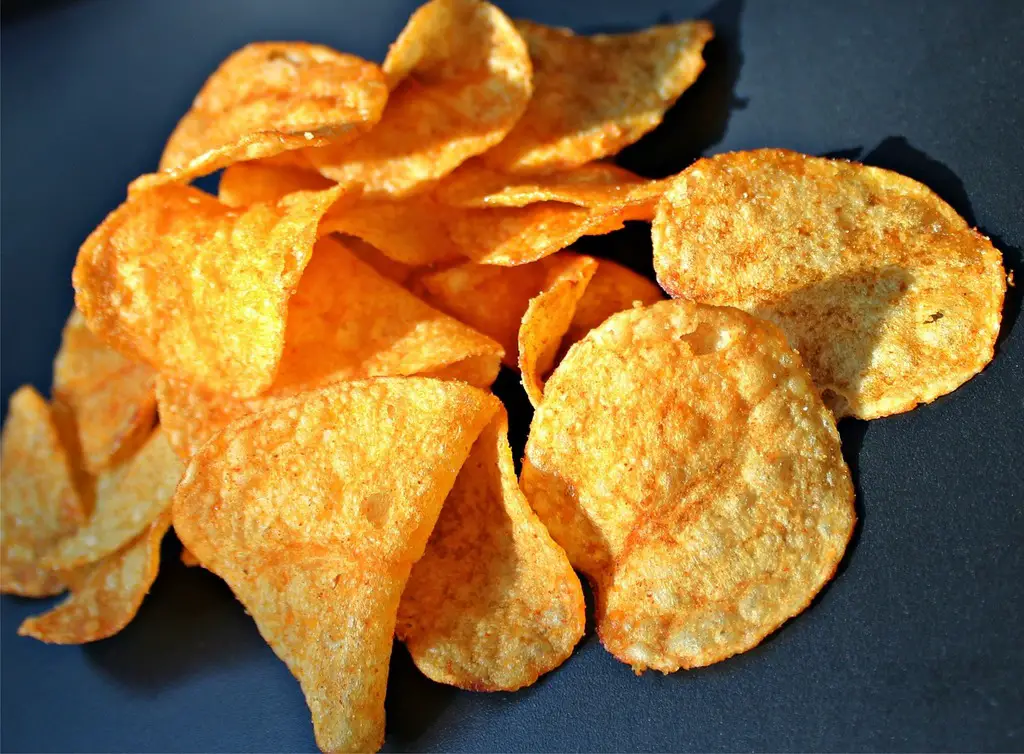
Olestra, a fat substitute, was promoted as a way to reduce calories in snack foods. Introduced in the 1990s, it quickly became a popular ingredient in products like chips and baked goods. However, its side effects, including causing gastrointestinal issues, were enough to spark widespread concern. In fact, the FDA required that products containing Olestra include warnings about potential digestive discomfort.
While it did lower the fat content in foods, the unpleasant side effects, such as loose stools and cramps, were deemed too much for consumers to tolerate. Olestra is now banned in many countries due to the negative health impact it has on the digestive system.
5. Ractopamine
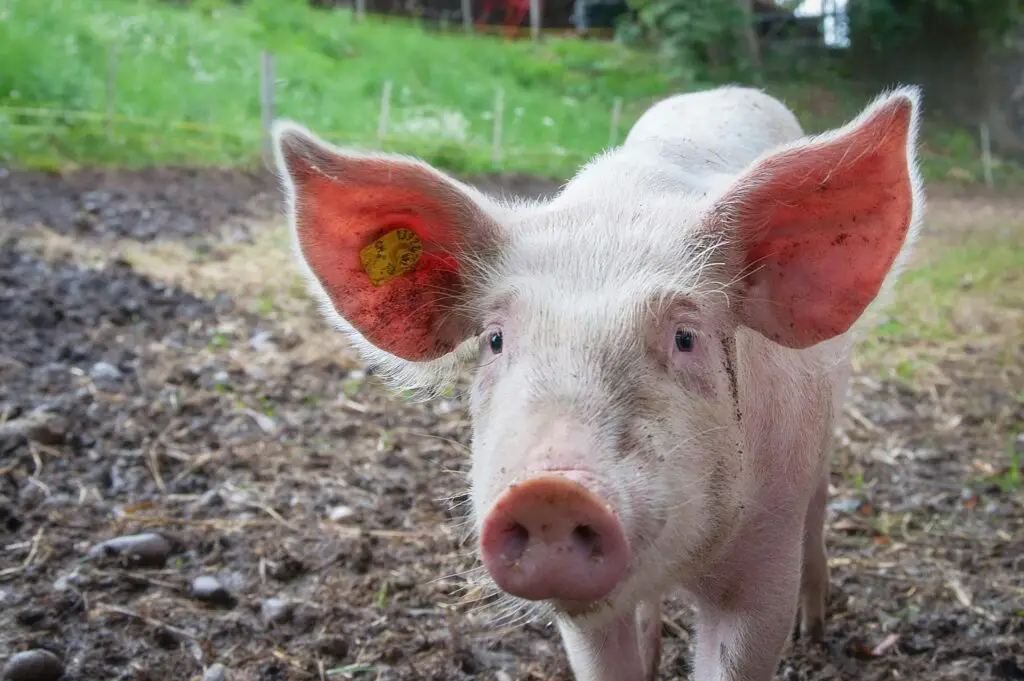
Ractopamine, a growth-promoting drug used in livestock feed, was designed to increase the lean muscle mass in pigs, cattle, and turkeys. The controversial substance is banned in many countries due to concerns about its effects on human health. Ractopamine can remain in the meat of animals treated with it, potentially causing issues for consumers who unknowingly ingest it. It has been linked to increased heart rates and other symptoms in humans, prompting global food safety organizations to take action.
Despite its widespread use in the U.S. and other nations, ractopamine has been banned in over 160 countries. This includes the European Union, China, and Russia, who are leading the charge against the substance due to its potential harm to human health.
6. Azodicarbonamide

Azodicarbonamide, often referred to as the “yoga mat chemical,” was once a common ingredient in bread and other baked goods as a dough conditioner. This chemical helps dough rise and gives bread a smooth texture. However, concerns over its links to respiratory issues and its potential carcinogenic properties led to its ban in many places. The ingredient became controversial after it was found to be used in the production of foamed plastics, including those used for yoga mats.
Azodicarbonamide has been banned in several countries, including the European Union and Australia, where it is considered too dangerous for food products. The discovery of safer alternatives for dough conditioning has led to its removal from most food products around the world.
7. Keratins (Animal Hair)

Keratins, derived from animal hair and feathers, were once used as a protein additive in various foods, particularly in protein powders and energy bars. This ingredient, often derived from less-than-ideal sources, was banned after health risks became evident. The use of animal byproducts like keratins in food raised significant concerns about contaminants and safety for human consumption. In some countries, keratins were found to contain harmful pathogens that could lead to foodborne illnesses.
The ban on keratins was part of a broader effort to ensure food safety and integrity, leading to the removal of this unusual ingredient from the global food supply. Today, protein supplements rely on plant-based or clean animal sources, making the use of keratins in food products obsolete.
8. Butylated HydroxyToluene (BHT)
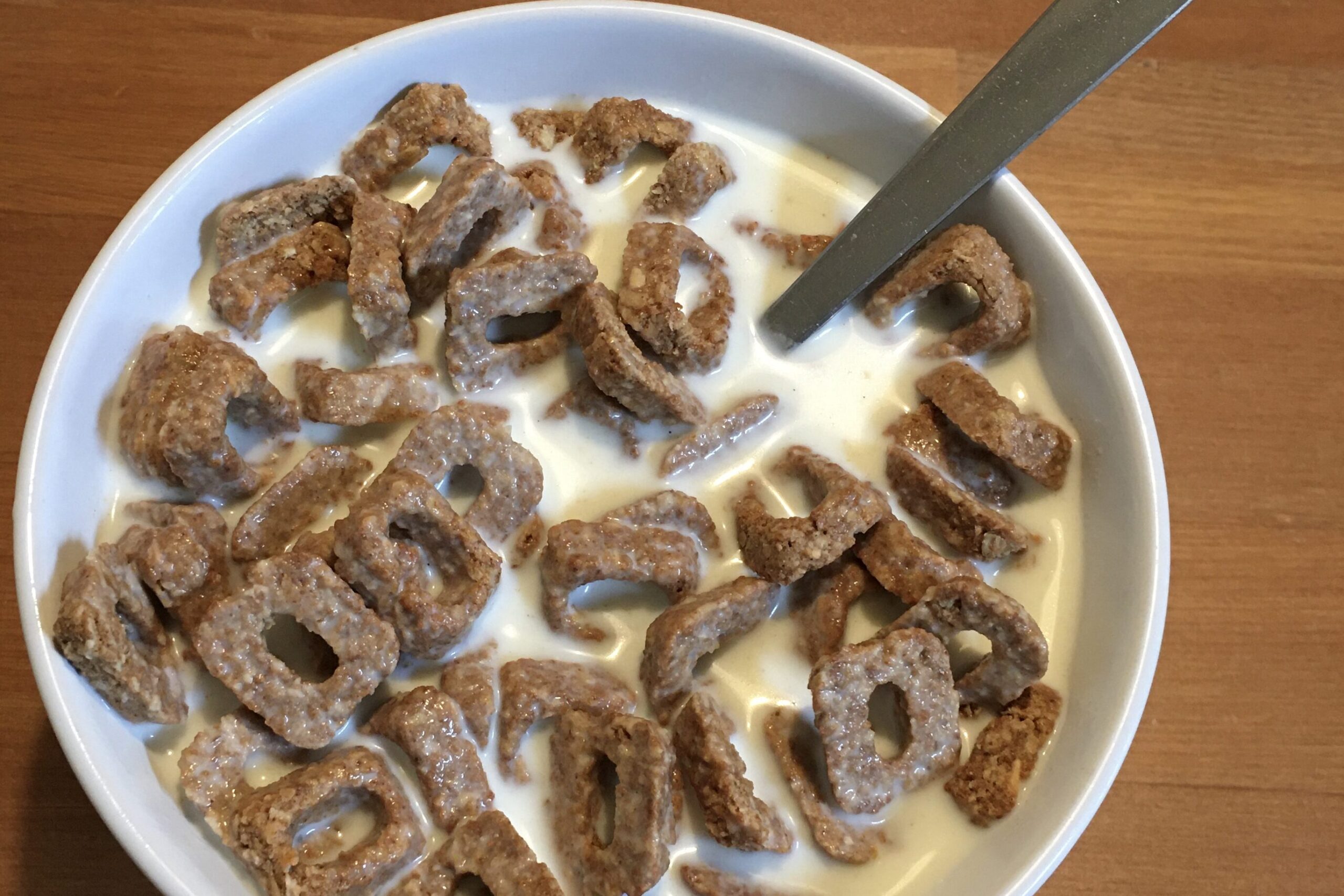
BHT, a synthetic antioxidant, was once widely used in food products like cereals, chips, and chewing gum to extend shelf life and prevent spoilage. However, concerns over its potential to cause cancer and disrupt hormone functions led to its ban in some countries. BHT has been linked to liver and kidney damage in animal studies, leading many health-conscious nations to remove it from approved ingredient lists.
Despite its use in countless packaged goods, the potential harm it posed to human health has led to stricter regulations worldwide. Nowadays, food producers turn to safer alternatives like vitamin E (tocopherol) and other natural preservatives to ensure freshness without the risks associated with BHT.
9. Melamine

Melamine, a chemical compound used in the manufacture of plastics, was once used as a protein-rich additive in pet food and dairy products. Its dangerous properties came to light in 2008 after a widespread scandal involving melamine-laced infant formula in China, which led to thousands of cases of kidney damage. As a result, melamine was banned globally from all food products.
Despite its intended use in non-food products, it was illegally added to food items to falsely boost protein levels, leading to devastating consequences for public health. Today, melamine remains a banned substance in food manufacturing, and its use is strictly regulated.
10. Tritium (Radioactive Isotope)
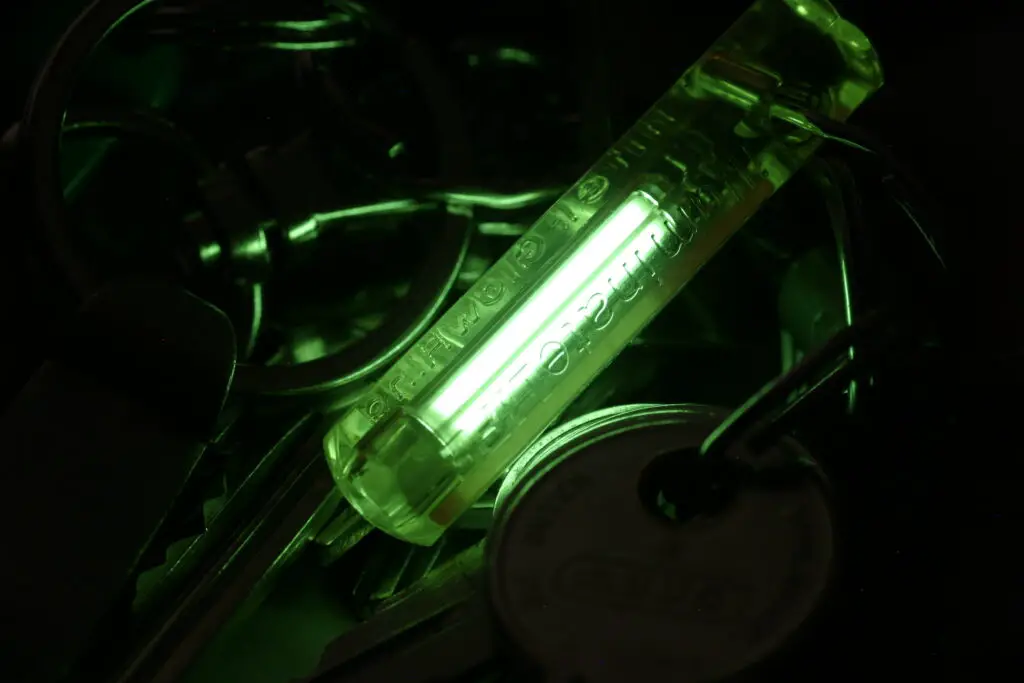
Tritium, a radioactive isotope, was once used as a food preservative in small amounts due to its ability to kill bacteria. However, the risks associated with exposure to radiation led to its ban worldwide. Despite its germ-killing properties, the long-term health effects of consuming even tiny traces of radiation prompted food safety authorities to act. It became clear that the risks far outweighed the benefits of using such a hazardous substance in food.
Tritium’s use in food, while once considered an innovative preservation method, is now a thing of the past. Modern food preservation techniques are much safer, relying on refrigeration, canning, and more natural methods to ensure food stays fresh without the dangers of radioactivity.
11. Dihydroxyacetone (DHA)

Dihydroxyacetone, a chemical used in sunless tanning products, was once used in foods as a flavoring agent, particularly in processed meats. Although DHA was originally deemed safe for human consumption, concerns arose regarding its potential link to toxicity and other health hazards when consumed regularly. DHA was also associated with allergic reactions and skin irritation in some people.
As health concerns grew, DHA was removed from the list of approved ingredients in food products. It continues to be used in non-food items like self-tanning lotions but is no longer part of the food supply.
12. Thimerosal

Thimerosal, a mercury-based preservative, was once used in vaccines and in food products like eye drops and nasal sprays. While its use in vaccines sparked significant debate, thimerosal’s use in food products was more quietly phased out after health officials expressed concerns about its mercury content. Studies linking mercury exposure to neurological damage and developmental issues led to its ban in several countries.
Today, thimerosal is no longer a common preservative in food or vaccines, and its legacy serves as a reminder of the importance of testing the safety of ingredients before widespread use.
